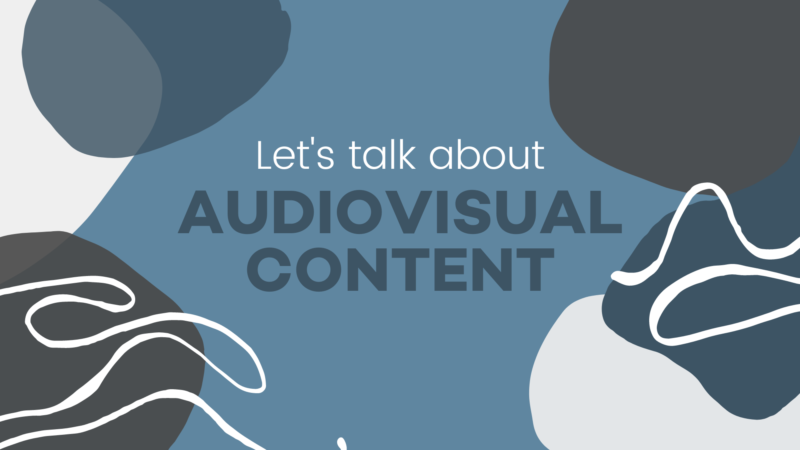Why sitting pretty isn’t always pretty
We are in a deadline-driven industry, and sometimes, that accounts for a 12-hour sitting binge. Most recently, I was working on an extensive media list for one of my clients and didn’t realize I hadn’t left my desk in five hours. Typically I wouldn’t think about it as a problem, until I saw a report about the dangers of inactivity.
Those who spent the most time in chairs had a 147 percent increased chance of cancer, heart disease and diabetes, compared with those who sat the least, according to Richard Rosenkranz, a professor who led a sitting study at Kansas State University. The most persistent sitters also had a soaring diabetes risk and were 49 percent more likely to die earlier of many different causes.
The thing that really made me look into this news was that my daily activity on the Katy Trail in Dallas, Texas, or taking advantage of my gym membership wasn’t enough to undo the damage.
People with an on-the-go career – Julianne Hough (Dancing with the Stars) – do not need to be concerned. But for those of us who spend countless hours on our perches of demanding projects, there is growing evidence that sitting is the new smoking.
“Standing should be your default mode – when you’re on the phone, texting, even watching TV. The body was designed to be up and moving; our systems work best when we’re on our feet,” said James Levine, M.D., Ph.D., an obesity expert at the Mayo Clinic in Scottsdale, Ariz.
It’s a fact that preindustrial women probably sat half as much as our nation’s leanest people today, but no one knows whether they were more creative, cheerful, focused or slender than today’s office professionals.
More and more people are catching on the new walk-and-talk meeting to counteract over-sitting and to improve work productivity. There are a lot of things people can do to get moving for 10 minutes every hour during the work week. When you start moving a little more, your body will thank you in more than one way. Simply standing can reactivate key cellular responses that shut off when you sit.


